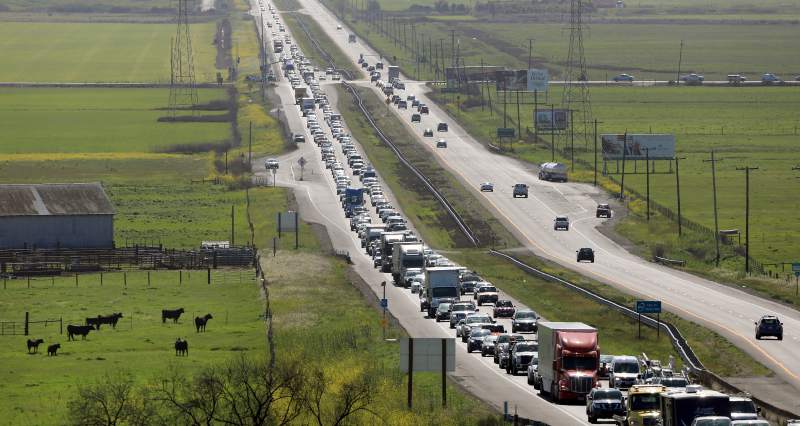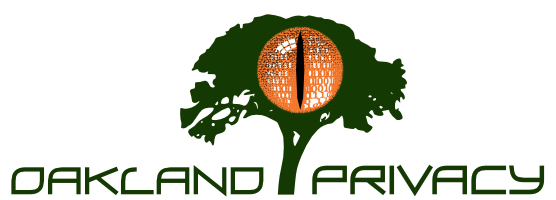by Mike Katz-Lacabe
According to a $60,000 grant the Novato Police Department recently received from the Bay Area Urban Areas Security Initiative, new automated license plate readers (ALPRs) will be installed on Highway 37 to track terrorists.

However, no suspected terrorists have been tracked or identified with Novato’s existing ALPRs, which have been in use since 2012. We asked Novato City Manager Adam McGill for information on how many suspected terrorists had been detected or tracked with Novato’s existing ALPRs. McGill forwarded the request to Novato Police Lieutenant Christopher Jacob, who responded, “According to our records, we have not detected any hot plates related to or associated with terrorism.”
The grant application, filed in September 2019, claims that “License plates captured and identified by ALPR can alert authorities to wanted vehicles associated with suspected terrorists…”
“This project will install a 4 camera ALPR system on a preexisting CalTrans traffic operations pole located along the southern edge of US Hwy 37. This route connects US Hwy 101 to US Hwy 80 and serves as the primary route of travel into and between Marin, Sonoma and Solano counties. This location, according to recent CalTrans vehicle census information, has the potential of capturing and identifying no less than 12.7 million license plates a year.”
According to the FY 2016/2017 Proposed Budget and the 2016 Novato Police Annual Report, the existing ALPRs captured 1,195,272 images of vehicles and license plates in 2015 and 1,204,854 in 2016. With an estimated 2018 population of 55,655, that’s more than 26 license plate reads each year for each Novato resident. With an additional 12.7 million license plate reads per year, that would increase to more than 249 license plate reader each year per Novato resident. According to the Novato Police Department policy for ALPRs, the data collected is stored for a minimum of one year.
The 2012 Novato Police Annual Report states that the department received a $20,000 Homeland Security grant for mobile ALPRs to “identify, track and report wanted terrorist suspects and locate other wanted suspects identified by the Department of Justice.” ALPRs were installed on five police vehicles in 2012 and by 2014, an additional police vehicle had ALPRs installed. A mobile ALPR trailer funded by a $36,583.75 grant from the California State Homeland Security Grant Program was added in 2014.
